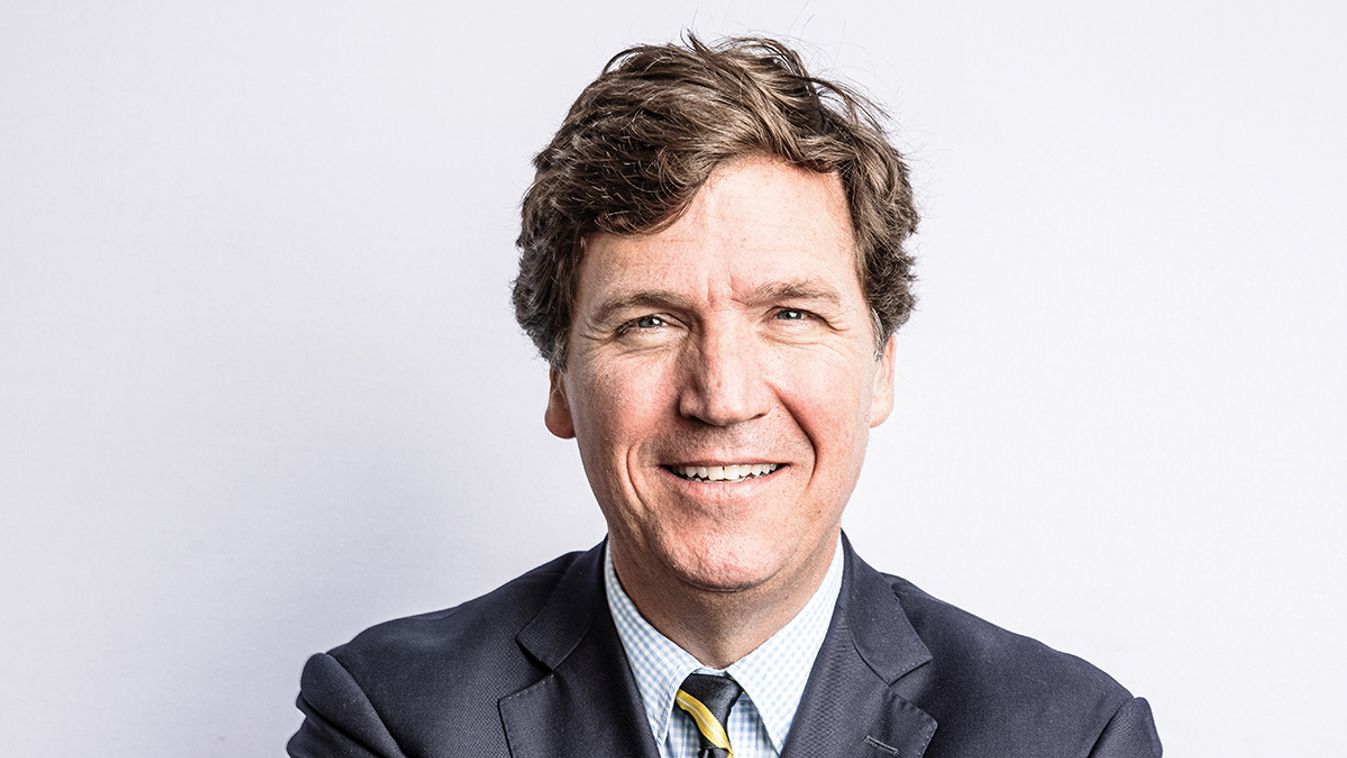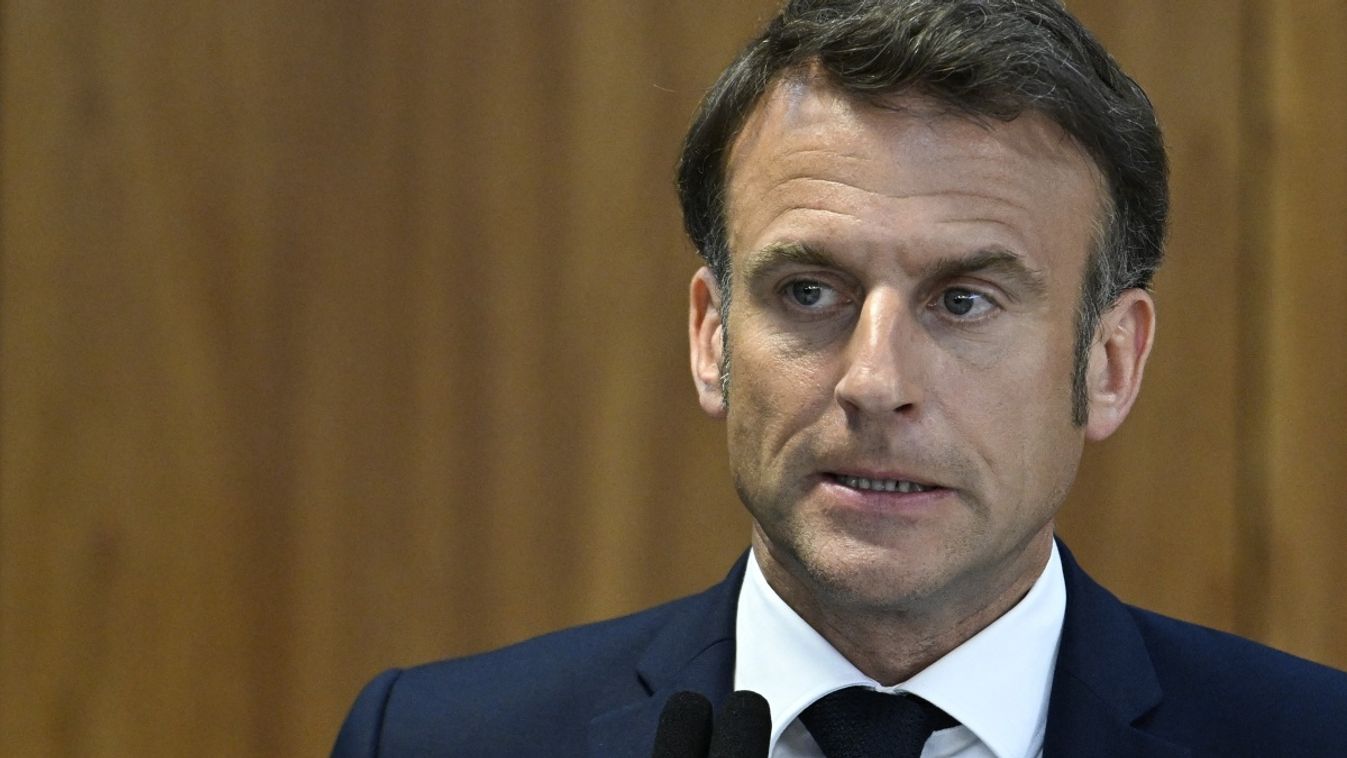“Can storied urn, or animated bust
Back to its mansion call the fleeting breath?”
So asks Thomas Gray, clearly expecting the answer “no” (a num question in Latin). This is correct if we take “storied urn” and “breath” literally. But if we regard them as symbols, then we are in a very different realm indeed. Symbols will not bring the dead back to life, but they can create widely different responses in the living, so in this sense they are or can be said to be alive.
Many people dismiss symbols as trivial, as something valueless and tiresome that gets in the way of material reality, like money and power. I recall telling an American once that Ground Zero had the most powerful symbolic resonance, as well as physical reality. He was very offended. And quite mistaken. The destruction of the Twin Towers self-evidently had a multiple symbolic objective, as well as the tragic deaths of those killed there and the destruction of the buildings themselves.
While we can more or less recognise why people deny the symbolics of something material, like a building, this becomes impossible with objects that are explicitly designed for a symbolic purpose. Flags, memorial tablets, statues, monuments all fall into this category. They are explicitly there to memorialise something, to sustain a memory régime, to “recall the fleeting breath” and to make the past unforgettable for later generations.
All collectivities can invest both physical and non-material entities with power – the power of recall, of solidarity, of grief, of pride, of loss, but above all symbols are about our collective selves. Our symbols are a statement about who we were, we are and what we would like to be. They mark out our collective identity. And they are necessarily ambiguous. Different constructions of the meaning of a symbol are commonplace in both space and even more in time. How we read a symbol is not and cannot be fixed, even if elites will do their level best to do just that, to banish the ambiguity.
All collectivities rely on four types of cultural practices to secure their existence and their reproduction. They engage in the production of the symbols, they tell narratives about themselves (national histories, for example), they organise and participate in rituals (like the 15 March in Hungary) and they establish boundary markers and boundary filters to mark out their territory in both the physical and the symbolic sense.
Many of these are inherited from the past or are seen as such, endowed with a timeless existence, as if to say that the collectivity in question has always been like that. It is also worth stressing that these cultural practices can be thoroughly deconstructed and shown to be “artificial” and nothing more than a myth, but that does not undermine their power. So we can be told that very few of today’s Hungarians are directly descended from Árpád – the genetic analysis is quite clear on this – but that does nothing to weaken the narrative of 896 and the honfoglalás (the taking of the land).
Note that symbols, while they appear hard and concrete, are in sociological reality, fluid and subject to changing interpretations. The way in which we understand the world undergoes complex and imperceptible shifts. Think of Rubens’s ideal of female beauty, which would be found horrific by any self-respecting super-model.
Troubles will arise when symbols – the meaning invested in them – are contested, when different elites insist that their reading of the symbol is the sole legitimate interpretation. This is what we have seen in the debates around the German occupation monument.
In simple terms, the monument is there to memorialise all the victims of the 1944 occupation of Hungary, all of them without exception. And, to declare a personal interest, that includes me. I think that it is safe to say that had German forces not occupied Hungary, there would have been no siege of Budapest (1944-45), and the city would have spared the terrible destruction that it endured. And I would have been spared sitting in a cellar for weeks, going hungry, being bombed and occasionally machine gunned (by Soviet troops). It’s all right, I survived. Many others, sadly, did not. So as far as I am concerned, there is nothing improper about memorialising the dead, the victims, of 1944. I don’t regard myself as a victim, by the way, but I can empathise with those who were.
The story, however, is not as straightforward as I have laid it out in the foregoing. There are, in effect, two competing histories to be memorialised in post-occupation Hungary – there is the Jewish memory régime and the majority, non-Jewish one. These two memory régimes have been on collision course, overwhelmingly because the general proposition – that all those affected were victims – directly counters the Jewish identity narrative that claims recognition for the paramountcy of the Holocaust and the victims of the Holocaust. This claim is perfectly logical if we accept the proposition that the Holocaust constituted absolute evil. There can be no argument with absolutes of any kind. The symbolic charge of absolute evil is, of course, almost unbearably powerful and makes the topic utterly taboo. (And just to make this quite clear, I’m not a Holocaust denier, I know it took place; and I do have a childhood memory of seeing people with yellow stars.)
Thus from the Jewish perspective, the occupation monument is not just unacceptable, but is an abomination or something close to that, a variant of Holocaust banalisation. But what about the non-Jewish victims of the occupation, one might ask? Well, what about them? They are irrelevant in the shadow of the Holocaust. The argument that the monument somehow dilutes the responsibility of the Hungarian state for the role that it played in the Holocaust is felt as real, but is secondary.
From the perspective of the non-Jewish majority, many of whom suffered the loss of a grandparent or other family member in post-occupation Hungary, this is tantamount to a denial of their right to memorialise the dead, it is a denial of closure and even a denial of the right of the majority to construct its own narrative of the past. And symbolism of the destruction of Budapest, a source of some considerable pain, is also downgraded.
As far as the projected monument itself is concerned, semiotically it is highly unusual in that its negative polarity is higher than its positive – the eagle swooping down on the Archangel – because in the European tradition, permeated by Christian symbolism as it is, good is in the heavens and evil is below, in hell. And the eagle generally symbolises nobility and strength, not evil. This may be one of the reasons why some find it unsettling.
The aesthetic argument, that the monument is artistically kitsch may or may not be true; to my mind, it is nothing more than a question of taste. It seems to me to be well within the Baroque legacy that has left such a deep impress on the Hungarian aesthetic.
In effect, what we have is two elite narratives that are for all practical purposes irreconcilable. There is no right answer, no wrong answer when two memory régimes clash, but a monument to which mutually exclusive meanings are attributed. The dispute acquired an intensity of its own and that itself became a part of the narratives of identity, making any chance of finding a way out that much less likely. Conflicts over the power of monuments and symbols are immensely difficult to resolve, far more so than everyday political disputes. But then, a large slice of Hungarian politics can be characterised in this way. The fate of the occupation monument is yet one further instance of the near-unbridgeable divides that haunt the past and the present of Hungary.
György Schöpflin
Member of the European Parliament for Fidesz and the European People's Party
Formerly Jean Monnet Professor of Politics at the School of Slavonic and East European Studies, University College London




















